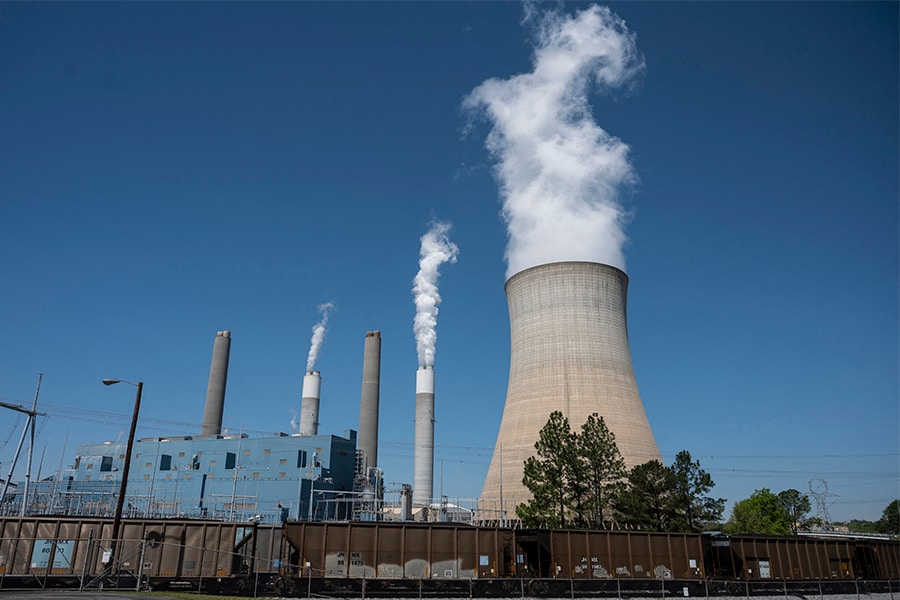
Enough about climate change. Air pollution is killing us now
Air pollution is a lot deadlier than we previously understood — and, in particular, studies like the analysis of heart attacks during the pandemic show that the concentrations of air pollution currently permitted by US federal policy are still far too high
 In an assessment of recent research, the World Health Organization concluded last year that air pollution is the single largest environmental threat to human health and well-being.
Image: Andrew Caballero-Reynolds / AFP
In an assessment of recent research, the World Health Organization concluded last year that air pollution is the single largest environmental threat to human health and well-being.
Image: Andrew Caballero-Reynolds / AFP
In the early weeks of the coronavirus pandemic in 2020, doctors noticed a surprising silver lining: Americans were having fewer heart attacks.
One likely reason, according to an analysis published last month by researchers at the University of California, San Francisco, is that people were inhaling less air pollution.
Millions of workers were staying home instead of driving to work. Americans were suddenly burning a lot less gas. And across the country, the researchers found that regions with larger drops in pollution also had larger drops in heart attacks.
The menace of air pollution doesn’t command public attention as it did in the 1960s, when thick smog yellowed urban skies. But evidence has piled up in recent years that the real progress the United States has made in reducing air pollution isn’t nearly good enough. Air pollution is a lot deadlier than we previously understood — and, in particular, studies like the analysis of heart attacks during the pandemic show that the concentrations of air pollution currently permitted by federal policy are still far too high.
In an assessment of recent research, the World Health Organization concluded last year that air pollution is “the single largest environmental threat to human health and well-being.”
©2019 New York Times News Service







